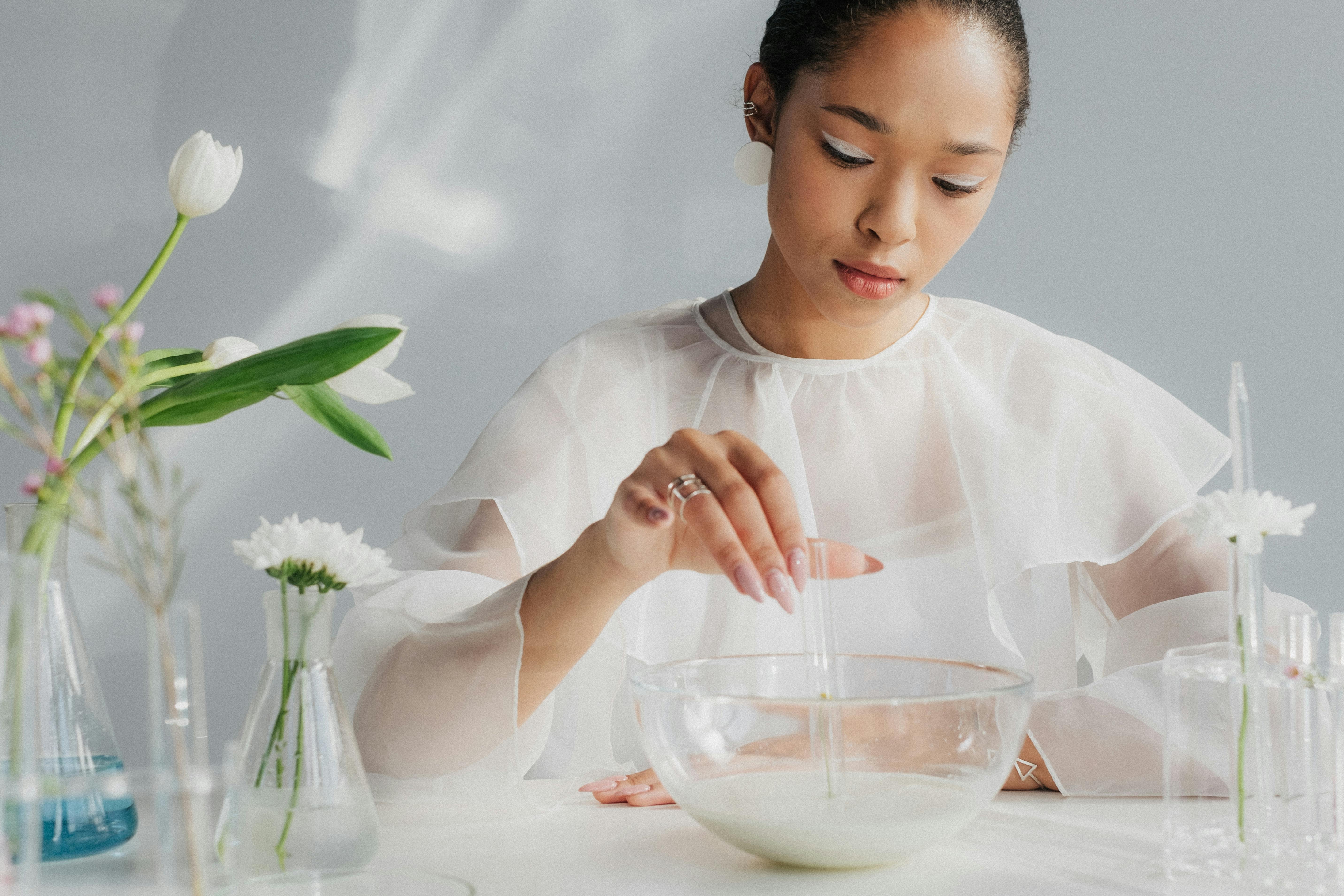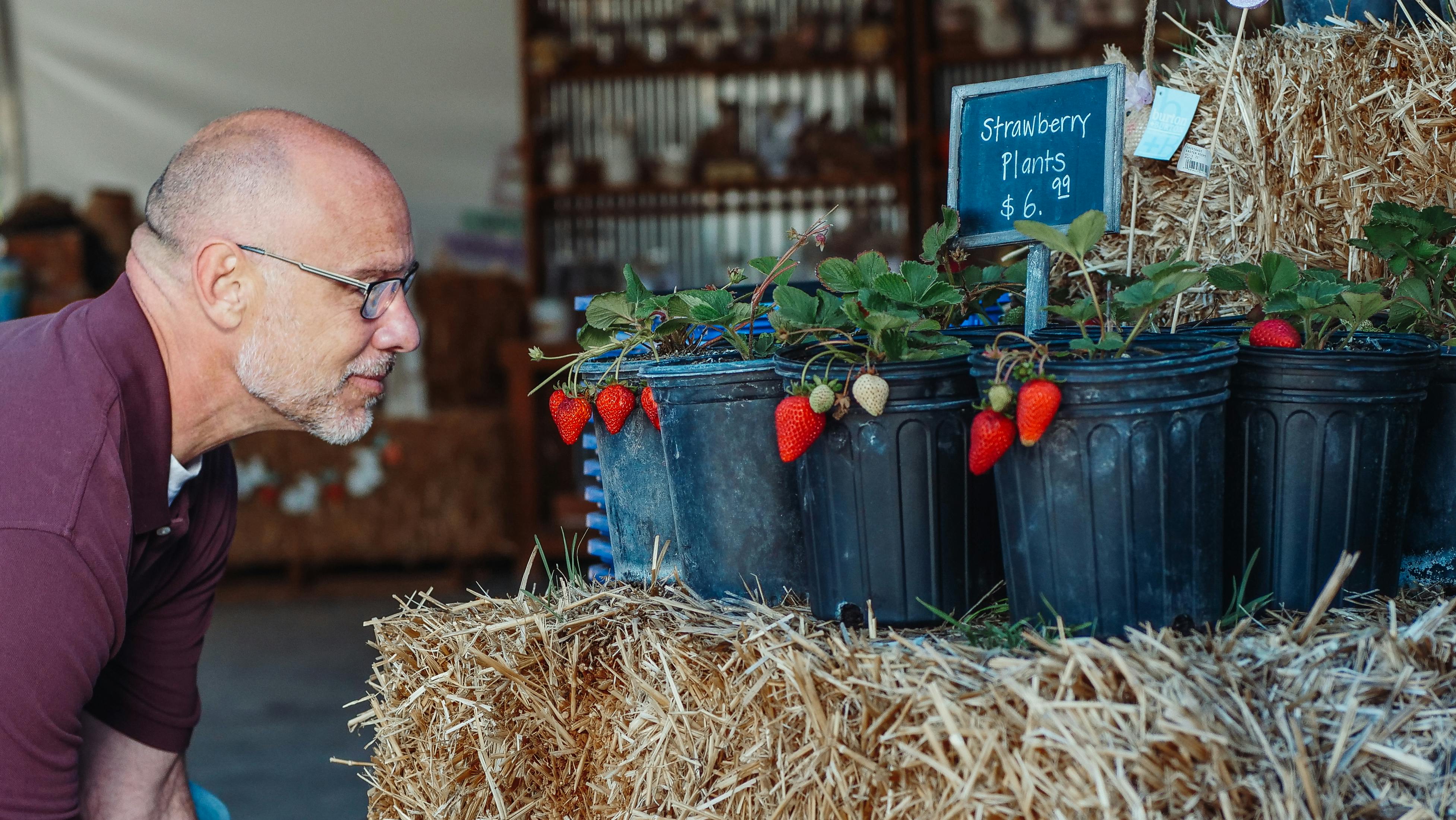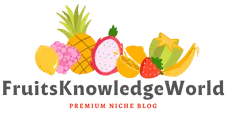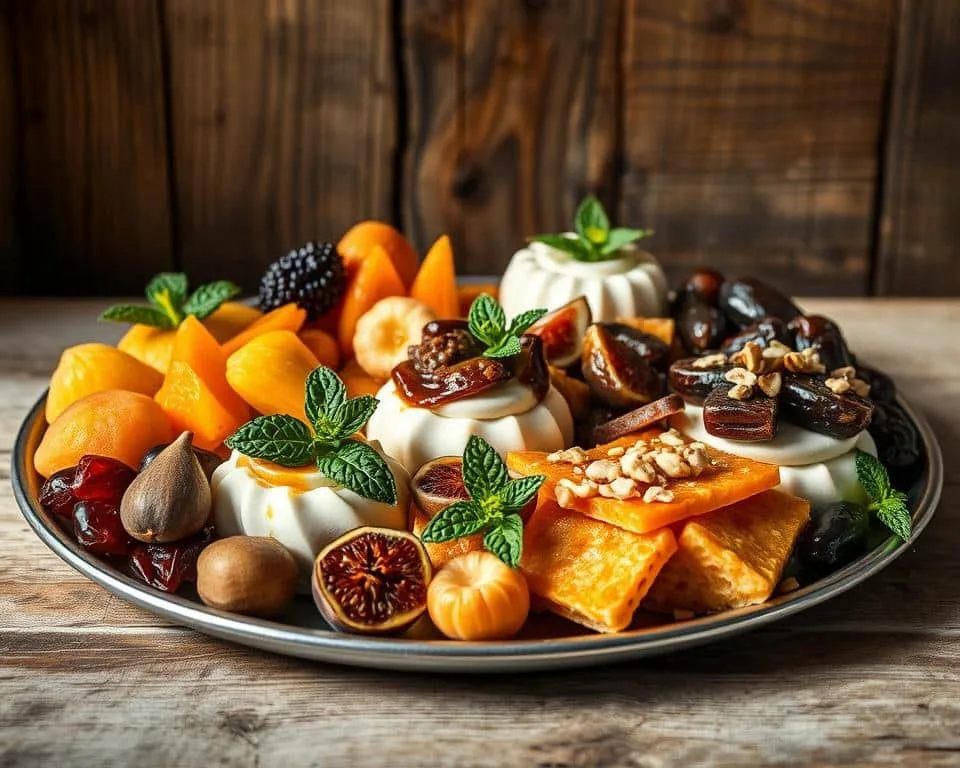Strawberry plants are a popular addition to many gardens, and for good reason. Not only do they produce delicious and nutritious fruit, but they also look beautiful when in bloom. If you are wondering what strawberry plants look like, then you’ve come to the right place! In this article we will discuss the physical characteristics of strawberry plants and how they differ depending on the type of plant. We will also talk about how to care for strawberry plants so that they can thrive in your garden.A strawberry plant is a small, herbaceous, perennial plant that typically grows to about 10-25 cm (4-10 inches) in height. The leaves are bright green and heart-shaped with jagged edges. The roots are shallow and fibrous. The flowers are white or pink with five petals and grow in clusters. The fruit is a red, fleshy berry with small yellow seeds on the surface.
Types of Strawberry Plants
Strawberry plants come in a variety of shapes, sizes, and flavors. The most common type of strawberry is the June-bearing strawberry, which produces a single large crop each year between late spring and early summer. Other types of strawberries include everbearing strawberries, which produce two smaller crops each year; day-neutral strawberries, which produce small crops throughout the season; alpine strawberries, which are smaller and more flavorful than other types; and beach or sand strawberries, which have tiny berries with an intense flavor.
All types of strawberry plants require similar growing conditions. They should be planted in well-drained soil in a sunny location with protection from strong winds. Strawberry plants should be spaced a few inches apart in rows that are 18 to 24 inches apart. Mulch should be added around the plants to help conserve moisture and keep the fruits clean.
The main difference among the types of strawberry plants is when they produce their fruit. June-bearing plants will produce one large crop during late spring or early summer while everbearing varieties will produce two smaller crops over the course of the season. Day-neutral varieties produce small amounts of fruit throughout the season but don’t require as much care or attention as other types. Alpine strawberries are small but flavorful and can be grown in pots or containers indoors or outdoors while beach or sand strawberries have tiny berries with an intense flavor that make them perfect for jams or jellies.
No matter what type of strawberry plant you choose to grow, they all require similar care and maintenance to provide you with delicious fruits for many years to come! With proper care and pruning, your strawberry plants will reward you with abundant harvests each season!
Physical Characteristics of Strawberry Plants
Strawberry plants are a unique species that have some distinct physical characteristics. The most well-known feature is the intricate web of runners that the plant produces, which allows it to spread and form a thick ground cover. The leaves of strawberry plants are also notable for their three-lobed shape and light green hue. The flowers of the plant are white in color with yellow centers and five petals each. Finally, the most obvious characteristic of strawberry plants is their fruit, which is typically small, sweet, and red in color.
Strawberry plants typically grow to a height of around 10 inches and can reach up to two feet in length if left unchecked. They prefer cooler climates with plenty of sunlight and moist soil in order to thrive, though they can survive in a variety of conditions. In addition, they are tolerant to many different pests and diseases as long as they have access to adequate water and nutrients. As such, strawberry plants make an excellent choice for home gardening projects.
The Color of Strawberry Plants
Strawberry plants are a common sight in many gardens. They are known for their bright red fruits, but did you know that the color of the plants themselves can vary greatly? The color of strawberry plants can range from light green to dark green, and even purple or bronze.
The color of strawberry plants is mainly determined by the variety of plant they are. Some varieties, such as June-bearing strawberries, tend to have light green leaves, while others like ever-bearing strawberries have darker foliage. Additionally, some varieties may have variegated leaves which display both light and dark colors.
The amount of sunlight that strawberry plants receive can also affect their color. Strawberry plants grown in full sun will usually be darker than those grown in partial shade. This is because they absorb more ultraviolet radiation which helps them produce more chlorophyll and other pigments responsible for the dark green hue.
Finally, strawberry plants may also change color due to environmental factors such as temperature or moisture levels. For example, cold temperatures can cause strawberry leaves to turn purple or bronze, while drought conditions can cause them to become yellow or brown.
In general, the color of strawberry plants is quite variable and is determined by a combination of factors such as variety and environmental conditions. However, regardless of their color, all varieties produce sweet and delicious strawberries!
Leaf Shape and Size of Strawberry Plants
Strawberry plants have unique features which can be identified by their leaf shape and size. The leaves of the strawberry plant are broad, lobed, and have serrated edges. They are usually bright green in color and arranged alternately on the stem. The size of the leaves can range from two to four inches in diameter.
The leaves of strawberry plants also have a distinct veining pattern that is visible on both sides of the leaf. The underside of the leaf is typically more veined than the upper surface. This veining pattern helps to increase photosynthesis in the plant, as it allows for an increased surface area for maximum light absorption.
The shape and size of strawberry leaves vary depending on the variety of plant grown. Some cultivars will produce larger leaves than others, while some will produce more lobed or serrated leaves than others. These variations help to distinguish one cultivar from another when selecting plants for your garden.
Overall, strawberry plants are characterized by their broad, lobed leaves with serrated edges and distinctive veining patterns on both surfaces. They come in a range of sizes depending on the variety being grown and help to make these sweet-tasting fruits stand out in any garden or landscape.

Size of a Strawberry Plant
Strawberry plants grow and spread quickly, making them ideal for small spaces. Depending on the type of strawberry you are growing, the size can vary significantly. Most strawberry plants reach a mature height of 6 to 8 inches, but some can grow up to 12 inches tall. The size of a strawberry plant is generally measured by its crown. This is the area from which the leaves and stems emerge from the ground. Depending on the variety, a mature strawberry plant can have anywhere from 2 to 8 crowns which measure 1 to 3 inches in width.
The runners of strawberry plants can also vary in size. Runners are stems that emerge from the crown and spread out in all directions to form new plants. These stems typically measure 4 to 7 inches long and have roots growing along their sides. As they grow, these roots will eventually take hold in the soil and form new plants that will be genetically identical to their parent plant.
Strawberry plants require plenty of room for growth in order to produce an abundant crop of strawberries each season. Some varieties are more compact than others, allowing gardeners with less space to still enjoy harvesting fresh strawberries right at home. For those with limited space, look for dwarf varieties such as ‘Albion’ or ‘Tribute’.
Description of a Strawberry Plant
Strawberry plants are perennial flowering plants from the genus Fragaria. They have a unique heart-shaped leaf and white flowers that produce small, red, edible fruit. Strawberries have a sweet flavor and are often used in desserts, beverages, jams, jellies, and salads. The strawberry plant is low-growing and can reach heights of up to 12 inches. It produces runners or stolons that spread out across the ground and on which new plants grow. The strawberry plant is relatively easy to care for and can be grown in containers or in the ground. The plant prefers full sun but will also tolerate partial shade. It requires regular watering but not too much as it may cause the fruit to become mushy or split open. Fertilizing every two weeks with a balanced fertilizer will help promote healthy growth. Pruning is necessary to keep the plant from becoming too bushy or producing too many runners. Harvesting should take place when the strawberries are ripe, usually when they turn a bright red color.
Fruiting Habits of a Strawberry Plant
Strawberry plants are commonly grown for their delicious and juicy fruits. The fruiting habits of strawberry plants is an important factor to consider when growing them for a successful harvest. Strawberries are perennial plants, meaning they will produce fruit for several years if cared for properly. The strawberry plant’s fruiting season begins in late spring and runs through early summer, with the peak fruiting period occurring in June. In most areas, strawberries will start to bear fruit around mid-May, with the last fruits maturing in early August.
Strawberry plants typically produce one main crop each year, but some varieties may produce two main crops if conditions are favorable. The first crop of strawberries is often the largest and sweetest. Strawberries can be harvested as soon as they turn bright red in color. If left on the plant too long, however, they will begin to soften and lose their flavor.
In addition to the main crop of strawberries, many varieties will also produce small amounts of fruit throughout the summer months. This second crop is often referred to as “renewal” or “fall” fruit and tends to be smaller and less flavorful than the main crop berries. To encourage this second crop of strawberries, it is important to keep the plants well watered and fertilized throughout the summer months.
Finally, it is important to practice good pruning techniques during the fruiting season in order to maximize yield and improve overall health of your strawberry plants. Removing spent flowers and old leaves will help promote new growth and encourage larger yields of sweeter berries.

Conclusion
Strawberry plants are a great addition to any garden or yard. Not only do they look beautiful and add a burst of color, they also provide delicious fruits, are easy to maintain, and have a relatively long lifespan. Plus, they can be grown in a variety of climates and provide beneficial nutrients for the soil. With so many advantages, it’s no wonder that strawberry plants are some of the most popular plants in the world!
So if you’re looking to add some charm and flavor to your outdoor space, consider adding strawberry plants today. You won’t regret it!



